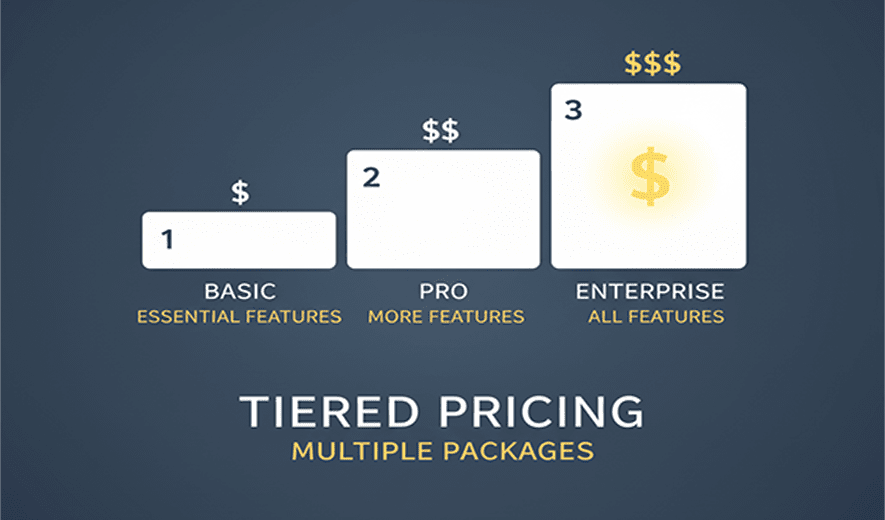
Pricing Models for Websites, Apps, Cloud Services
Common pricing models for websites include project-based fees, hourly rates, and subscription-based retainers. For mobile apps, the most common strategies are freemium, in-app purchases, and subscriptions. Cloud services are typically priced with pay-as-you-go, reserved instances, and subscription models.
Website pricing models
- Project-Based Fee: A single fixed price is agreed upon for the entire website design and development project. This is common for complete, custom websites where the scope is clearly defined.
- Hourly Rate: Designers and developers charge a set fee for each hour of work. This model offers flexibility for clients with smaller, ad-hoc tasks or projects with changing requirements.
- Retainer/Subscription: The client pays a recurring fee for ongoing maintenance, updates, and support, which is common for larger websites or for continuous service from an agency.
- Value-Based Pricing: This model sets the price based on the perceived business value to the customer rather than the cost of development.
App pricing models
- Freemium: Users can download and use a basic version of the app for free, with paid upgrades unlocking additional features, content, or an ad-free experience.
- In-App Purchases: This model, often used in games and content-heavy apps, allows users to buy virtual goods, extra content, or services from within the app.
- Subscription: Users pay a recurring fee (monthly or annually) for continued access to premium features or content, common in streaming and productivity apps.
- Paid Apps (Premium): The user pays a one-time fee to download and access the full functionality of the app. This is becoming less common but still used for niche apps with high perceived value.
- In-App Advertising: The app is free to download and use, and revenue is generated by displaying ads to the user. This is best for apps with a large user base.
Cloud service pricing models
- Pay-As-You-Go (On-Demand): Customers pay only for the resources they actually use (e.g., compute time, storage), billed on an hourly or per-minute basis. This offers maximum flexibility without long-term commitments.
- Reserved Instances/Savings Plans: Users commit to a minimum amount of usage over a set period (e.g., one or three years) in exchange for a significant discount compared to on-demand pricing. This is best for predictable, stable workloads.
- Spot Instances: This allows users to bid on unused cloud capacity at reduced prices. It is ideal for flexible, fault-tolerant workloads that can withstand interruptions.
- Tiered Pricing: Customers choose from multiple packages with a fixed set of features or resource limits for a specific price. Higher-priced tiers offer more features or higher limits.
